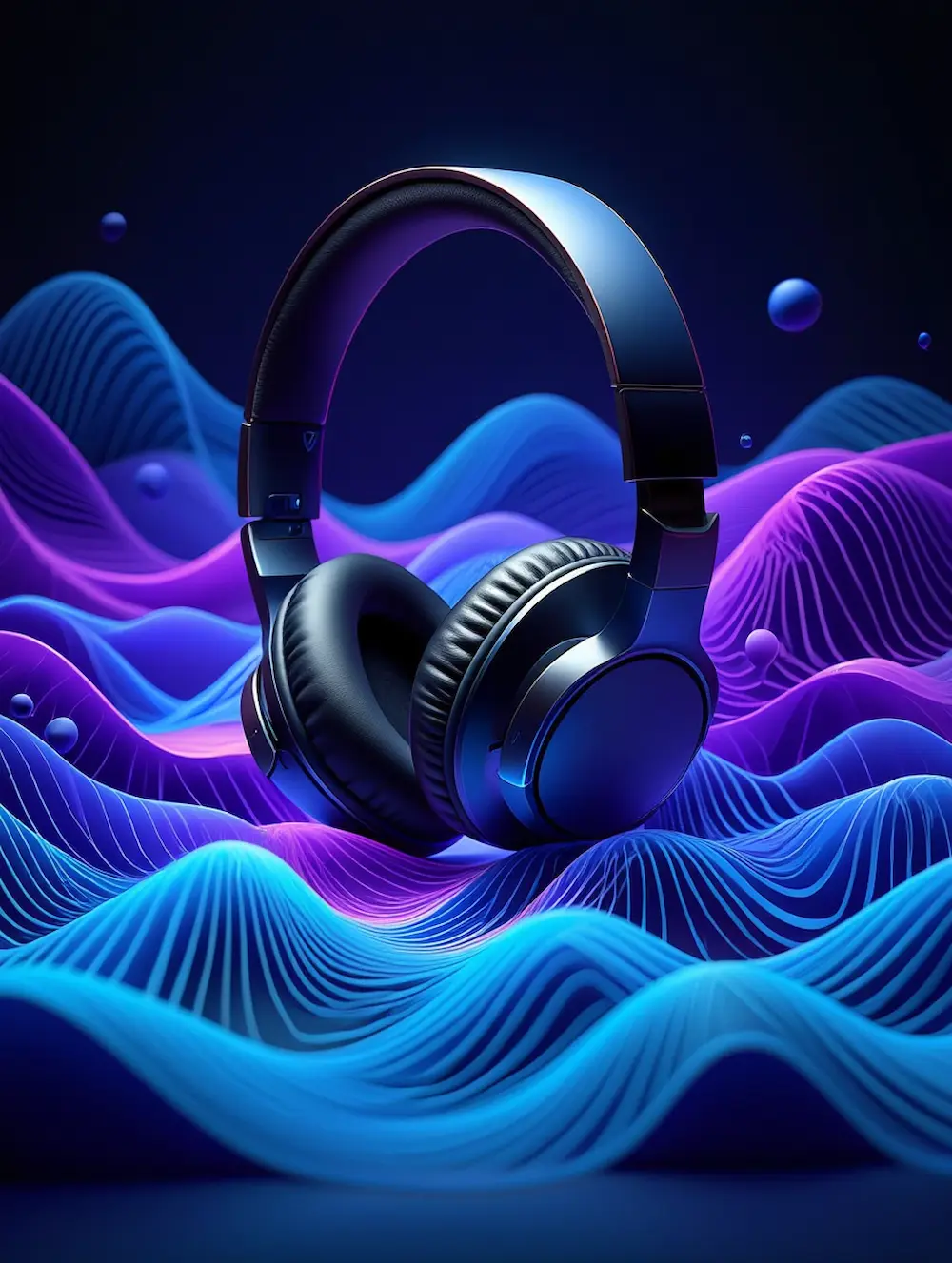Sound Sanctuaries: Choosing Auditory Input for Calm vs. Overwhelm | NeurodiverseNights Blog

Sound is a powerful force. It can energize us, alert us, transport us back in time, or, unfortunately, overwhelm and dysregulate us. For many neurodivergent individuals, auditory processing can be particularly intense – sounds might seem louder, more distracting, or even physically uncomfortable. However, sound can also be an incredible tool for creating calm and focus.
In our post Crafting Calm, we touched on soothing sounds. Here, we want to dive deeper into the diverse world of auditory input and how to curate your own "sound sanctuary," whether you're seeking relaxation, focus, or simply a buffer against jarring noise.
Understanding Different Soundscapes for Calm
What one person finds soothing, another might find irritating. Experimentation is key!
- Noise Colors (White, Pink, Brown):
- White Noise: Contains all audible frequencies at equal intensity. Good for masking sharp, sudden noises (like traffic outside). Can sound like static.
- Pink Noise: Similar to white noise, but with lower frequencies emphasized. Often perceived as "flatter" or more even than white noise (like steady rain or wind). Many find it more relaxing.
- Brown Noise (or Red Noise): Even deeper, with lower frequencies dominating significantly. Sounds like a strong waterfall or deep rumble. Can be very grounding for some.
- (Explore options on sites like MyNoise or apps mentioned in our Resources).
- Nature Sounds: Gentle rain, rolling waves, crickets, wind through leaves. These often contain natural variations and complexities that can be engaging without being demanding. Be mindful of specific sounds – bird calls might be jarring for some, while calming for others.
- Ambient Music & Lo-Fi: Instrumental music with minimal structure, repetitive loops, or gentle electronic textures can provide a calming background without demanding lyrical attention. Lo-fi hip hop beats are popular for their steady rhythm and warm sound.
- ASMR (Autonomous Sensory Meridian Response): Specific trigger sounds (whispering, tapping, crinkling) that evoke relaxing tingling sensations for some people. Highly individual!
- Familiar Comfort Sounds: Sometimes the most calming sound is a familiar one – a specific podcast voice (like ours, we hope!), a favourite mellow album, the hum of a fan.
- The Power of Silence (or Reduced Noise): For some, the most calming soundscape is the absence of external noise. Noise-canceling headphones or earplugs can be invaluable tools for creating pockets of quiet in a loud world.
Curating Your Auditory Environment
- Identify Triggers: Notice what sounds consistently put you on edge (high-pitched noises, sudden bangs, specific frequencies?). Knowing your triggers helps you avoid or mitigate them.
- Experiment Gently: Try different sound types at low volume first. See how your body responds. Does it make you feel more tense or more relaxed?
- Layering Sounds: Sometimes combining sounds works well, e.g., playing pink noise quietly under calming music to mask background distractions.
- Consider the Context: You might need different sounds for focus (maybe brown noise) versus winding down for sleep (perhaps gentle rain or a calming story).
- Headphones vs. Speakers: Headphones provide immersion and block external noise, while speakers create a shared ambient environment. Which feels better for you in different situations?
Finding your ideal sound sanctuary is a personal journey of awareness and experimentation. By consciously choosing your auditory input, you can transform sound from a potential source of overwhelm into a powerful ally for calm and regulation.
Enjoyed this post? Help us create more content like this by supporting NeurodiverseNights on Patreon! Get early access to podcast episodes, bonus content, and more.
Become a Patron